Start Them Young
St. Pauls Les Farrington Best 100 High School Art Show celebrates 50 years with a panel of all-star jurors. Susan Clayton tells the story. It sounds like a great showits up through March 30 at Argyle Zebra Gallery in St. Paul.
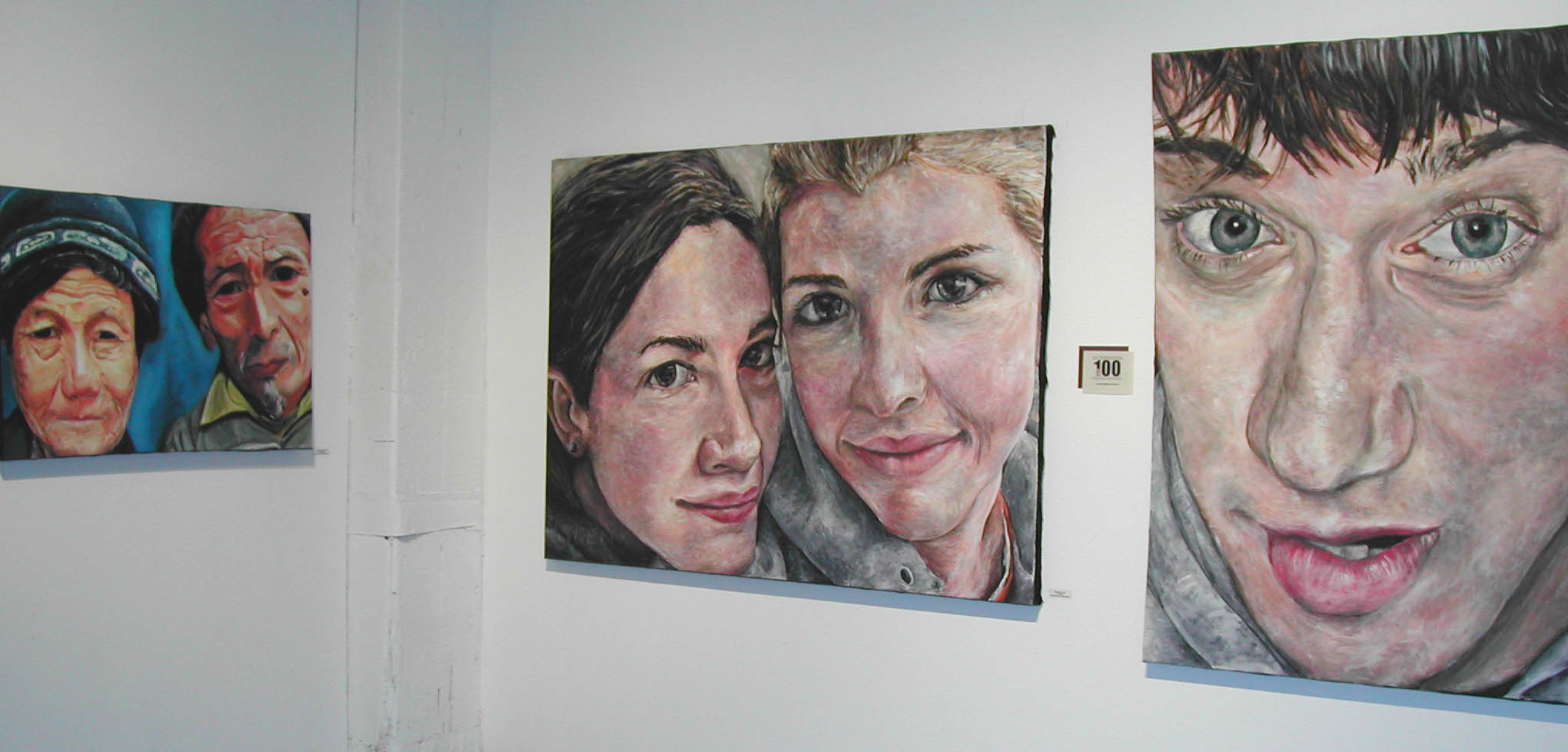
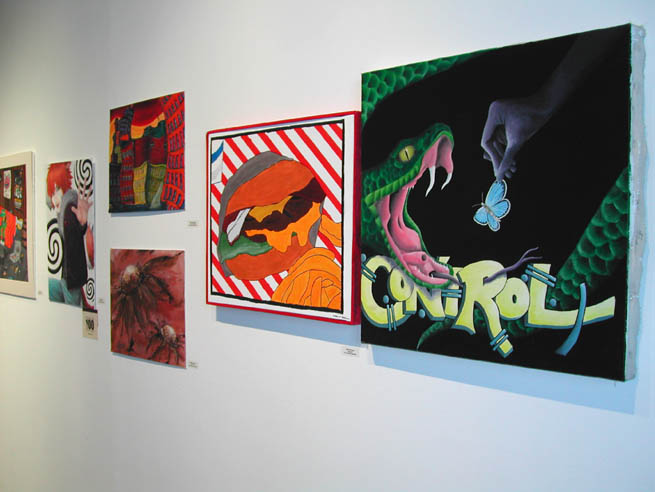
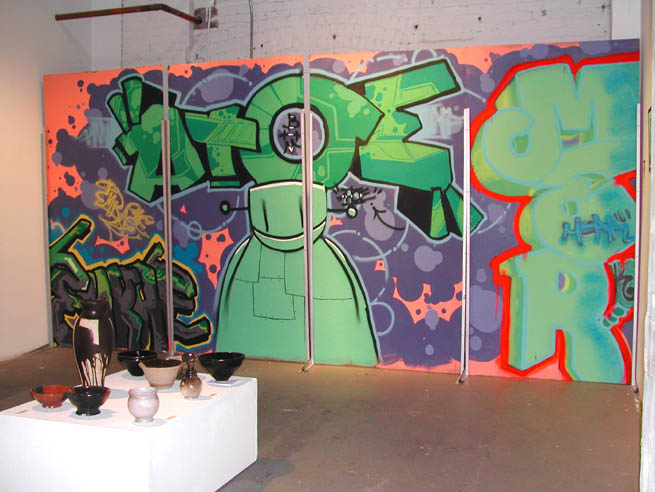
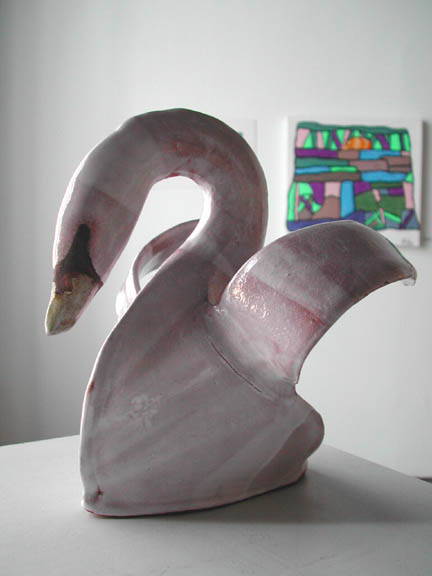
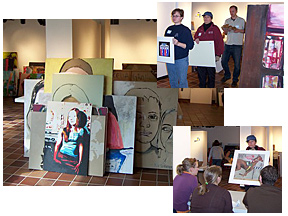
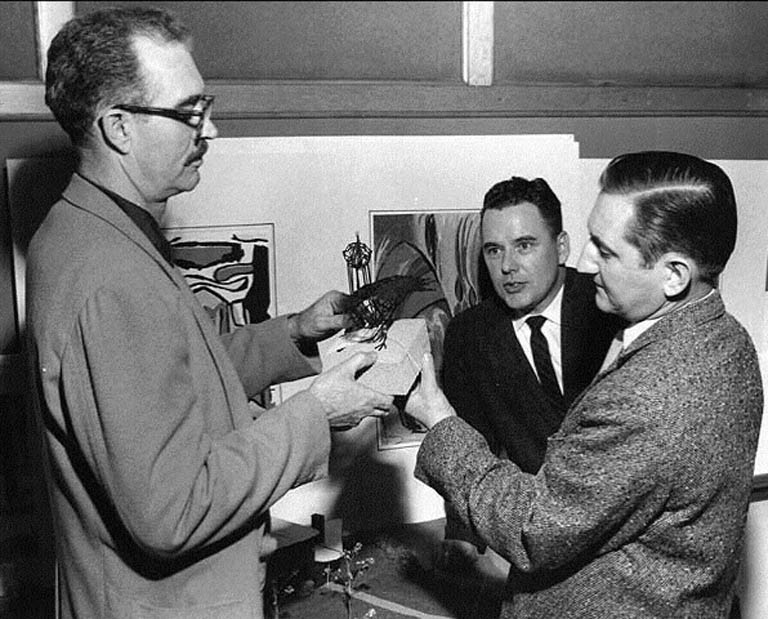
Since 1957 the St. Paul Jaycees, interested in a showcase for the community’s talented young artists, have sponsored an annual juried art exhibition, open to high school students in St. Paul and its surrounding communities. The tradition has continued on, through decades of suburban flight and cuts to funding for the arts. Over the years, while recognition for high school scholarship and athletics have prevailed, the Best 100 has provided a valuable opportunity for local art students to experience the jury process and to see their work in a gallery setting.
The event – originally hosted by the St. Paul Gallery and School of Art (now the Minnesota Museum of American Art) –has been held at various sites around the city including the Janet Wallace Fine Arts Center at Macalester College and St. Paul Academy’s Harry M. Drake Gallery. Argyle Zebra (AZ) Gallery in Lowertown is the place for the 2007 edition, through March 30.
To celebrate this 50th annual exhibition, the Jaycees have begun a search for past participants in an effort to collect stories and track career paths. Former students or anyone with information are invited to contact the St. Paul chapter through their website at www.stpauljaycees.org.
To produce this exhibition, the Jaycees have in place a detailed and exacting protocol, respectful of each submission and as fair as is possible. A new manager takes the project on each year, bringing fresh energy and keeping the tradition practicable. Work submitted by the students must be recent, made during the current school year. Each student may submit two works while seniors may enter an additional portfolio consisting of from three to five works.
Ten categories of media include perennial favorites photography, painting, drawing, and ceramics. The competition is usually light in printmaking, jewelry and textiles. In recent years, a division was created to allow for electronic media including animated movies, and, in the current show, an untitled computer game. Typically, between 15 and 25 schools, both public and private, participate, guided by their art instructors. This year, 21 schools – from Forest Lake to Apple Valley, including St. Paul Academy and the Creative Arts School – are represented.
A new panel of three local artists and arts professionals is invited to share their expertise as jurors each year. Working with the original art, rather than from slides or photos, jurors cull exactly 100 objects and senior portfolios from the many hundreds submitted. Artist names and schools are unknown during the process. With the final group selected, several merit awards and cash scholarships are made in various categories.
Making the selections this year were Minneapolis Star Tribune critic Mary Abbe and Macalester College instructor Jake Keeler. Coming full circle, University of Minnesota professor Wayne Potratz, whose student work was deemed one of the best 100 in 1960, served as well during a day-long session characterized, due to the volume and quality of the work, by intense debate, persuasive argument, and invocation of the “passion” vote. “It’s always like this,” say the Jaycee volunteers who are on hand to carry pieces one by one into the viewing space.
In most cases, the work exhibits diligence, creativity, exuberance. But it also often shows lack of ease and experience. These are artists between coloring books and the university. Their work, shown all together in its various forms, evokes a classroom full of kids who are ‘types, but also individuals. And it makes you wonder, is this a lone masterpiece? Or the beginning of a career?
Notable in this year’s edition of the show is the impact of instant image technology. Facebook-style portraiture is plentiful. Jessica Shepard’s manipulated digital images, submitted as a portfolio, comprise a style study as kids pose, in sweeps and hoodies, for “Mirror Your Self Image” and “Gauntlet of Solitude.” Realistic portraits appear in the drawing category – Thomas Ryan’s “Idealist Self Portrait” for example – and in painting, most beautifully in Elizabeth Lyden’s much larger than life blow-ups of cropped, close-up snapshots. Lyden, doing with paint what a phone camera can’t, enlivens these visages, depicting vibrant flesh on faces in motion, not neglecting a spark in the eyes.
Other outstanding work includes Senior Portfolio Award winner Farhiya Yusef’s delicately delineated figures, drawn in response to ink dripped and blotted on paper board, and Rebecca Hoffman’s intricate colored ink drawings. Horror vacui executed flawlessly, the artist brings high energy in one image and quiet majesty in another. Hoffman’s work shows the influence of animé, a thread that runs through an entire wall of intensely colored paintings and drawings installed together in the gallery.
The ceramics offer satisfactory technique and pleasing details as they pay homage in glazes and shapes to Minnesota pottery traditions. There are good ideas in Patrick Hedican’s “StoneWare” tea set and Christian Ressler’s avian gesture, “Flight to Freedom.”
Fine-tuned with time, the Best 100 process allows for special situations. This year an entry came in from a collaborating team of students at Roseville Area High School. Jaycee Project Chair Tina Kelly explains that though the 4-panel graffiti-styled “Black History” did not fit the criteria of an existing category, it was allowed as a single piece with shared authorship. The work has great color and life but is ultimately hard to read. Its inclusion, however, does prompt curiosity about classroom discussion among the artists during its construction.
Since 1997 the exhibition has been known as the “Les Farrington Best 100,” in honor of the St. Paul Jaycees first president. This local chapter – now in its 77th year – sponsors numerous events in support of both the arts and the youth of St. Paul, initiatives that come together during the Best 100 event. Over in Minneapolis, meanwhile, the Walker Art Center Teen Arts Council has developed the biennial Hot Art Injection, maybe a more hardcore young artists’ exhibition, juried by peers. It’s safe to say that students who are able to exhibit through these programs and then go on to become arts professionals would have done so anyway. But the value of the right bit of encouragement at the right time should not be underestimated:
Although my parents sent me to art school when I was very young and I knew I would always paint, that show was the very first time my work was shown to others in a “real” museum. I was so proud and excited.
Judy Nemer Sklar
Painter, Palm Desert, CA
Best 100 Participant, 1969
My high school art teacher Hazel Belvo had a profound influence on my life by always pushing me to become a better artist. My interest and involvement have never waned even when I was pursuing other fields. That I am now a curator seems logical.
Annemarie Sawkins, Phd.
Curator, Haggerty Museum of Art, Marquette University,
Milwaukee, WI
Best 100 Participant, 1984
I had just moved to Minnesota for my senior year of high school. I received the Mixed Media Award for a melancholy drawing about moving. I still list “Les Farrington” on my resume and it is the oldest bullet point, but one that has always encouraged me and been a source of pride.
David Kurt
Mixed Media Artist, M.F.A. Candidate, Savannah, GA
Best 100 Participant, 1996
There was great excitement in creating new pieces and the anticipation of seeing what things looked like when our pots came out of the kiln. We selected the pieces we were proud of, hoping to be included in the show. The opening was a bonus. Sharing the experience with family and friends was memorable. It was a fun time and a great show, an experience that gave me more credibility in the public’s eye for the work that I had done.
Peter Zelle
Glass Artist, Zelle Glass Studio, Minneapolis, MN
Best 100 Participant, 1984
Art, while at the core of human experience, is at the fringe of the educational curriculum and the larger culture; the recognition of excellence in art provided by the Best 100 exhibition helped center and spark those early efforts at art making. It was a pleasure to come full circle and jury the 50th exhibition. From what I saw from the more than 700 works submitted, there is great hope for the skill and vision of the next generation of artists.
Wayne Potratz
Metalworker and Professor of Art, University of Minnesota, Minneapolis
Best 100 Participant, 1960